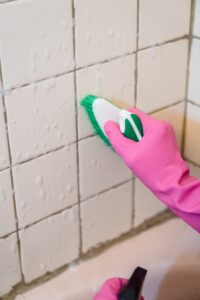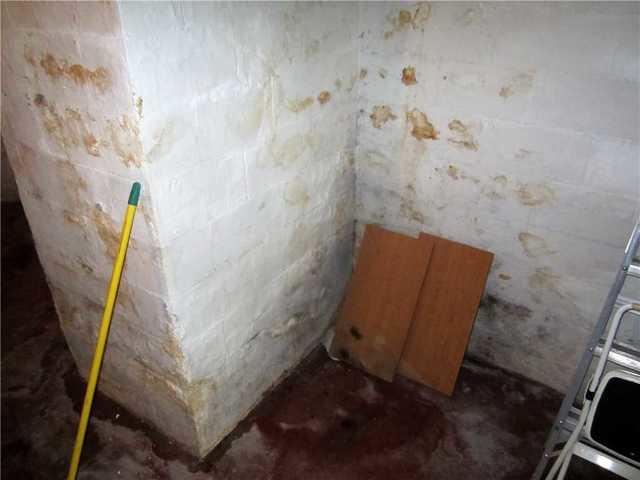We've encountered this post involving How to Remove Water Stains from Walls and Ceilings down the page on the web and concluded it made sense to write about it with you here.

Water stains on wall surfaces are not positive to the eyes. Your house should lack discolorations on the walls, roofing system, or floors. That is the optimal state of a residence as well as its structures. Sometimes it appears nearly inevitable to experience water stains on walls in homes.
Home owners residing in humid areas frequently handle the fear of water discolorations on walls. However that doesn't need to be the case for you. With accurate and well-rounded details on the root causes of water stains and timely repair processes, you will constantly be an action ahead of such events. This short article assures to be an useful overview for you.
3 Typical Sources Of Water Stains on Wall Surfaces
As opposed to common belief, water spots on wall surfaces do not constantly come from inadequate building products. There are several causes of water spots on walls. These include:
Poor Water drainage
This will stop water from permeating right into the wall surfaces. This web links to extreme wetness that you observe on the wall surfaces of your structure.
So, the leading reason for wet wall surfaces, in this case, can be a bad drain system. It can also result from poor management of sewer pipelines that run through the structure.
Wet
When hot wet air meets with completely dry cold air, it causes water beads to form on the wall surfaces of buildings. When there is steam from cooking or showers, this occurs in cooking areas and also shower rooms. The water beads can stain the surrounding walls in these parts of your home and spread to other locations.
Damp or condensation impacts the roofing system and walls of structures. When the wall is wet, it develops a suitable atmosphere for the development of microbes and fungis.
Pipeline Leaks
Many houses have a network of water pipelines within the walls. It always raises the viability of such pipelines, as there is little oxygen within the wall surfaces.
A disadvantage to this is that water leakage influences the wall surfaces of the building as well as causes extensive damages. A dead giveaway of damaged pipelines is the look of a water stain on the wall.
Water Spots on Wall: Repair Work Tips
Property owners would usually want a quick fix when handling water discolorations. Yet, they would soon understand this is counterproductive as the water discolorations persist. So, here are a couple of useful ideas that will certainly guide you in the fixing of water spots on wall surfaces:
Pro Tip
A houseplant in your house additionally increases its moisture. So, if your home is already moist, you might intend to present houseplants with very little transpiration. An instance of suitable houseplants is succulents.
Conclusion
Although no one wants to have water stains on walls in their residence, it can take place to the very best of us. This short article offers you utilize, as you currently understand how to manage this mishap if it does happen.
It is constantly best to recruit specialist services to assist fix the problems in your house.
In some cases it appears nearly unavoidable to experience water discolorations on walls in houses.
In contrast to preferred idea, water stains on wall surfaces do not constantly stem from poor structure materials. There are several reasons of water stains on walls. The water beads can discolor the bordering wall surfaces in these components of your house and also spread to various other locations.
Here are a couple of practical ideas that will certainly guide you in the repair work of water spots on wall surfaces:
How to Remove Water Stains From Your Walls Without Repainting
The easy way to get water stains off walls
Water stains aren’t going to appear on tile; they need a more absorbent surface, which is why they show up on bare walls. Since your walls are probably painted, this presents a problem: How can you wash a wall without damaging it and risk needing to repait the entire room?
According to Igloo Surfaces, you should start gently and only increase the intensity of your cleaning methods if basic remedies don’t get the job done. Start with a simple solution of dish soap and warm water, at a ratio of about one to two. Use a cloth dipped in the mixture to apply the soapy water to your stain. Gently rub it in from the top down, then rinse with plain water and dry thoroughly with a hair dryer on a cool setting.
If that doesn’t work, fill a spray bottle with a mixture of vinegar, lemon juice, and baking soda. Shake it up and spray it on the stain. Leave it for about an hour, then use a damp cloth to rub it away. You may have to repeat this process a few times to get the stain all the way out, so do this when you have time for multiple hour-long soaking intervals.
How to get water stains out of wood
Maybe you have wood paneling or cabinets that are looking grody from water stains too, whether in your kitchen or bathroom. Per Better Homes and Gardens, you have a few options for removing water marks on your wooden surfaces.
You can let mayonnaise sit on your stain overnight, then wipe it away in the morning and polish your wood afterward. You can also mix equal parts vinegar and olive oil and apply to the stain with a cloth, wiping in the direction of the grain until the stain disappears. Afterward, wipe the surface down with a clean, dry cloth. Try placing an iron on a low heat setting over a cloth on top of the stain. Press it down for a few seconds and remove it to see if the stain is letting up, then try again until you’re satisfied. (Be advised that this works best for still-damp stains.) https://lifehacker.com/how-to-remove-water-stains-from-your-walls-without-repa-1849742925

I'm very focused on and I am assuming you enjoyed reading my page. Sharing is good. Helping people is fun. Thanks for your time. Don't hesitate to pay a visit to our blog back soon.
Best choice? Ring us!